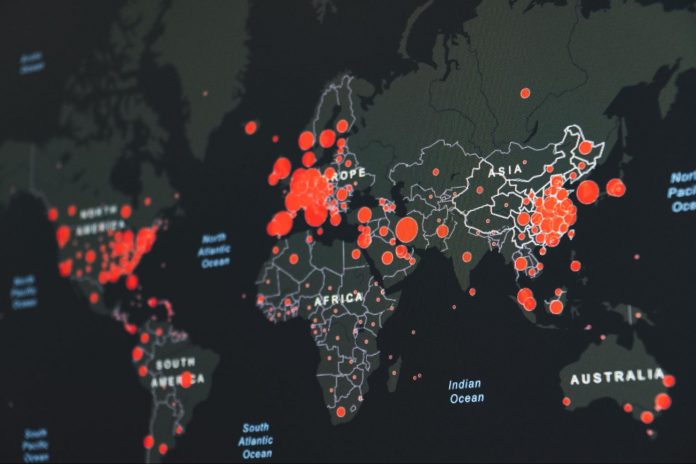Digital signage was on a phenomenal rise before the pandemic. Just when it reached its peak to date, we went on a real rollercoaster ride. On its steady way upwards, the lockdowns stopped the digital signage industry dead in its tracks. When the world gradually opened up, consumers and businesses had a newfound appreciation for it and digital signage adoption rose again.
There were many reasons for digital signage adoption even before the pandemic. Although few new digital signage needs emerged, they were so important that they caught attention and made the world look at digital signage with greater focus.
Digital signage adoption in drive-thrus
Drive-thrus are some of the focal points for digital signage upgrades. Before the pandemic, drive-thru digital signage was not a prevalent feature for most restaurants. Those that did have digital drive-thrus didn’t break their backs investing or developing them. A few months into 2020 and the story changed. Restaurants faced a bottleneck of traffic in their drive-thrus since that was the only way to provide service for months. Drive-thru digital signage elevated the game and businesses were forced to take that leap of faith which, of course, paid off.
McDonald’s, for example, deployed a variety of digital menu boards, self-service terminals, and drive-thru menu boards to cope with the challenges of the pandemic. Still, there are nearly a quarter million drive-thrus in the US, and only a fraction of those are digital. This is now likely to change. The pandemic forced digital signage adoption in drive-thrus and predictions say digital technology will continue pushing forward in that region as the spotlight shines brightly upon it.
Digital signage adoption in retail
Marketing strategies are always changing. So, it’s not unfathomable or shocking to see how a global pandemic, which affects all lives across the globe, has impacted the approach of marketers, investors, and content creators. Retail is one field where marketers work extra hard to stay ahead of the game. At this moment in time, that requires serious consideration for digital signage development.
Promotion and advertising becomes easier with digital displays. This is a vital characteristic during the pandemic where rules can change in an instant. Furthermore, consumers reported visiting the same subset of stores more often than before but visiting new ones less. This makes obtaining new users an even more impacting goal and greater challenge.
Digital signage software offers a variety of advantages for building, organizing, and delivering content in the midst of a pandemic. This ability too becomes highlighted as it allows for many creative solutions. PSAs, for instance, have spiked since the pandemic. Digital signage offered a way to deliver them in a visually appealing way, without manually putting up printed out signs on every wall.
For anyone looking to create quality digital signage content, software is a must as its ability to save time and deliver a variety of useful applications cannot be ignored. Software providers, such as OnSign TV, typically offer free trials to experiment with the software and explore its capabilities.
New needs arise
When we take the pandemic out of the equation, consumers have sufficient needs that warrant digital signage adoption. They are looking for more personalized experiences and there are so many paths to take when digital signage comes into play. Content becomes easier to customize. Communication becomes clearer, more personal, and more advanced.
Putting the pandemic back into the equation, those needs, communication in particular, become even more important. We also find that new needs arise, such as touchless interaction. Public safety information becomes an integral part of content, too, and digital signage stands ready to provide for these needs.
Most of the ways digital signage can help businesses today has very little to do with the pandemic. The pandemic merely forced the spotlight on a tool that has always been able to provide many uses which just happen to be fitting for a pandemic situation. Very few new tools and methods have emerged as a result of it. Touchless interaction, for instance, was available for years. PSAs are nothing new or challenging for a digital signage provider. But only now was it truly needed by the world and thus the world finally focused on these benefits of digital signage. Thankfully, this meant all of its other advantages were thrust into the spotlight as well!
In short, digital signage didn’t come to the rescue when the pandemic started. It was here all along. Now that it’s caught the world’s attention, the climb continues, just much faster!









